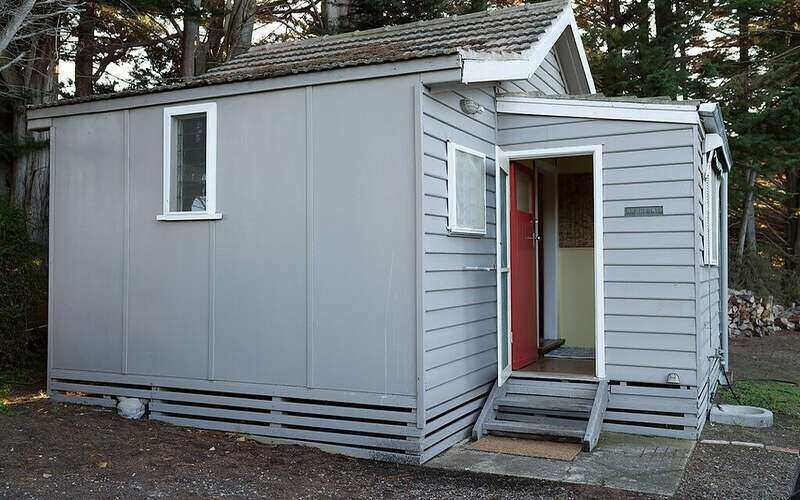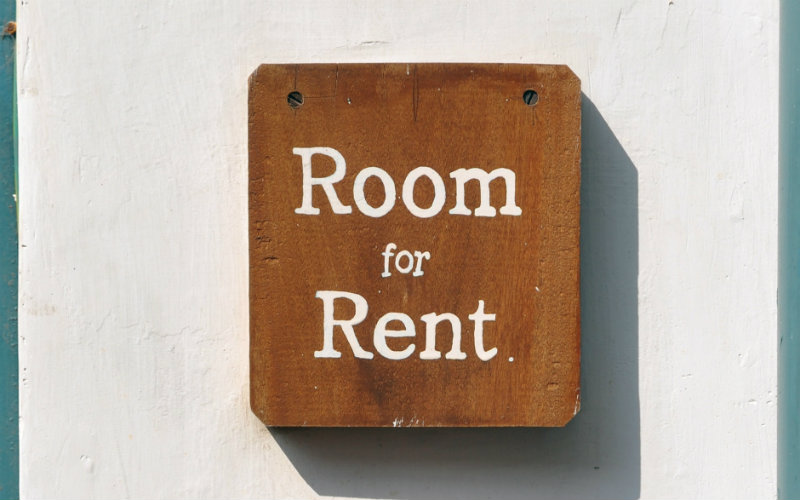This loss comes after posting a net profit of $120.1 million in 2019, and Genworth's chief Pauline Blight-Johnson said it is shoring up reserves "to reflect anticipated future claims outcomes arising from the economic impacts of COVID-19".
Genworth's loss ratio skyrocketed 83.6% as the insurer provisions for challenges in the market, despite delinquencies on the insurer's books declining 3.6% in 2020, compared to 2019, and the delinquency rate rising just 0.02%.
Approximately 3% (or 1,246) of home loans that have exited deferral so far are delinquent, higher than the insurer's wider delinquency rate of 0.58%.
The state with the highest rate of delinquency as of December 2020 was Western Australia at 0.97%, or 1,419 delinquencies.
Ms Blight-Johnson pointed to the uncertain times ahead.
"Notwithstanding the encouraging momentum in the economy towards the end of last year, recent pandemic outbreaks remind us that there is a long road ahead," she said.
The major mortgage insurer's report released last week identified two key challenges to look out for in 2021: expiring JobKeeper support measures, and local lockdowns and border closures still occurring.
"COVID-19 proved particularly disruptive for Australia's labour market," the report said.
"Whilst recent economic indicators have been encouraging, economic uncertainty remains as Government stimulus measures are gradually phased out in 2021 and localised outbreaks and lockdowns continue."
Genworth currently underwrites loans for more than 50 lenders, including major banks, non-major banks, mutuals, and non-bank lenders.
As of 31 December, it had 8,100 active repayment deferrals on its books, down from 31,000 as of 30 September and down from 51,000 mortgages deferred out of 1.2 million in May 2020.
This reflects the wider market, in which roughly 2% of all mortgages are still deferred, down from 10-11% in mid-2020.
First home buyers flooding market, mortgage insurance also up
Genworth's 'gross written premiums' (GWP) were up 29.7% in 2020 compared to 2019, which the insurer puts down to an increase in first home buyers.
"Owner occupiers and first home buyers continued to underpin national housing market growth ... higher LMI flow volumes were the main driver of GWP growth" Genworth's report said.
Australian Bureau of Statistics' lending indicators data shows first home buyer loan commitments are 56.6% higher than they were a year ago, with first home buyers borrowing on average $10,000 more in December compared to November 2020.
A recent report by global ratings agency Standard and Poor's (S&P) said the increase in first home buyers in the market has "contributed to an uptick in higher loan-to-value ratio lending".
Home loans with deposits less than 20% (i.e. 80% or greater loan-to-value ratio, LVR) are typically subject to lenders mortgage insurance (LMI), which can often cost up to 3-4% of a home's value.
Genworth is reliant on house price gains to offset higher-LVR lending on its books.
Its weighted overall LVR is 80.4%, with an effective rate of 53.6%, offset by house price rises of 45% on average over the past 10-plus years.
In 2020 however, original LVR was 88.2%, with an effective LVR of 88.1%, offset by a slow house price gain of 1% through the year - the tightest the discrepancy has been in more than a decade.
Through the end of 2020, Genworth had nearly 1.2 million insured loans on its books for a total value of more than $300 billion..
Photo by Kekai AhSam on Unsplash

Ready, Set, Buy!
Learn everything you need to know about buying property – from choosing the right property and home loan, to the purchasing process, tips to save money and more!
With bonus Q&A sheet and Crossword!



 William Jolly
William Jolly
 Aaron Bell
Aaron Bell













